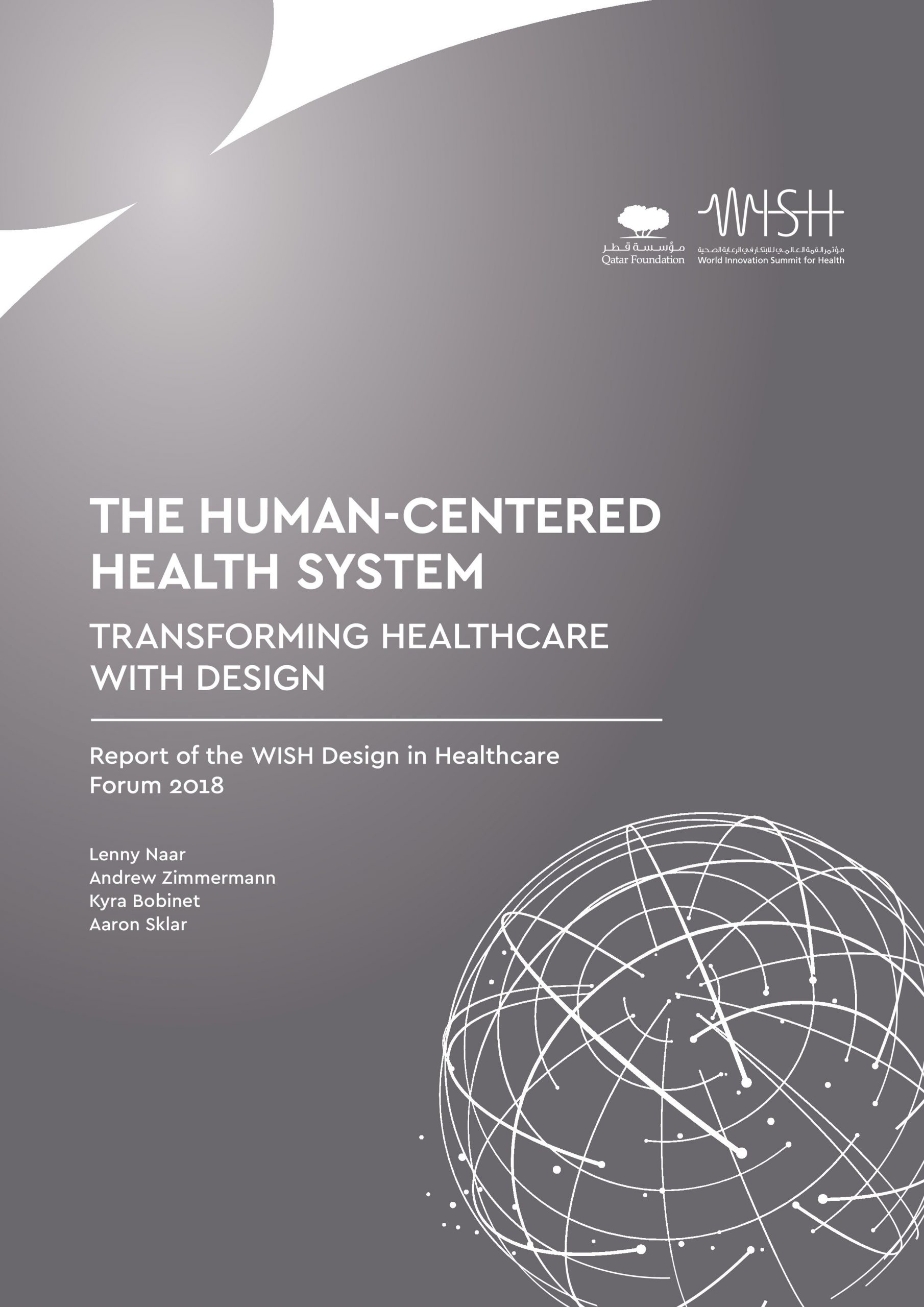Executive Summary
The field of design spans an array of professional disciplines – from architecture to human factors to visual design – but is underpinned by two core practices: empathy and prototyping. Empathy involves seeing the world through the eyes of the people involved – a patient, clinician, caregiver or other important system stakeholder – to gain a deep understanding of their needs. Prototyping involves rapid iteration processes, which incorporate user feedback to ultimately arrive at a flexible solution.
These practices are the foundation of person-centered design and underpin the three categories of design most applicable to healthcare:
- Professional design
Skilled designers with varied expertise work together in teams to create a user-centered experience
- Co-design
The practice of partnering with patients in design activities, so that the patient becomes an active part of the design team
- Design thinking
A structured approach for people who do not identify as designers to focus on their users, gain insight from a completely different perspective and address insights with creativity.
Healthcare providers and policymakers can employ these tools to design a human-centered health system, ensuring that people are the focal point of all care solutions. Human-centered, or patient-centered, care is increasingly viewed as an essential element of high-quality care. This model results in engaged patients and carers, leading to greater satisfaction, outcomes, and efficient resource allocation.
This report sets out a plan of action, supported by successful case examples, for healthcare leaders to embed design principles to support a human-centered health system.

